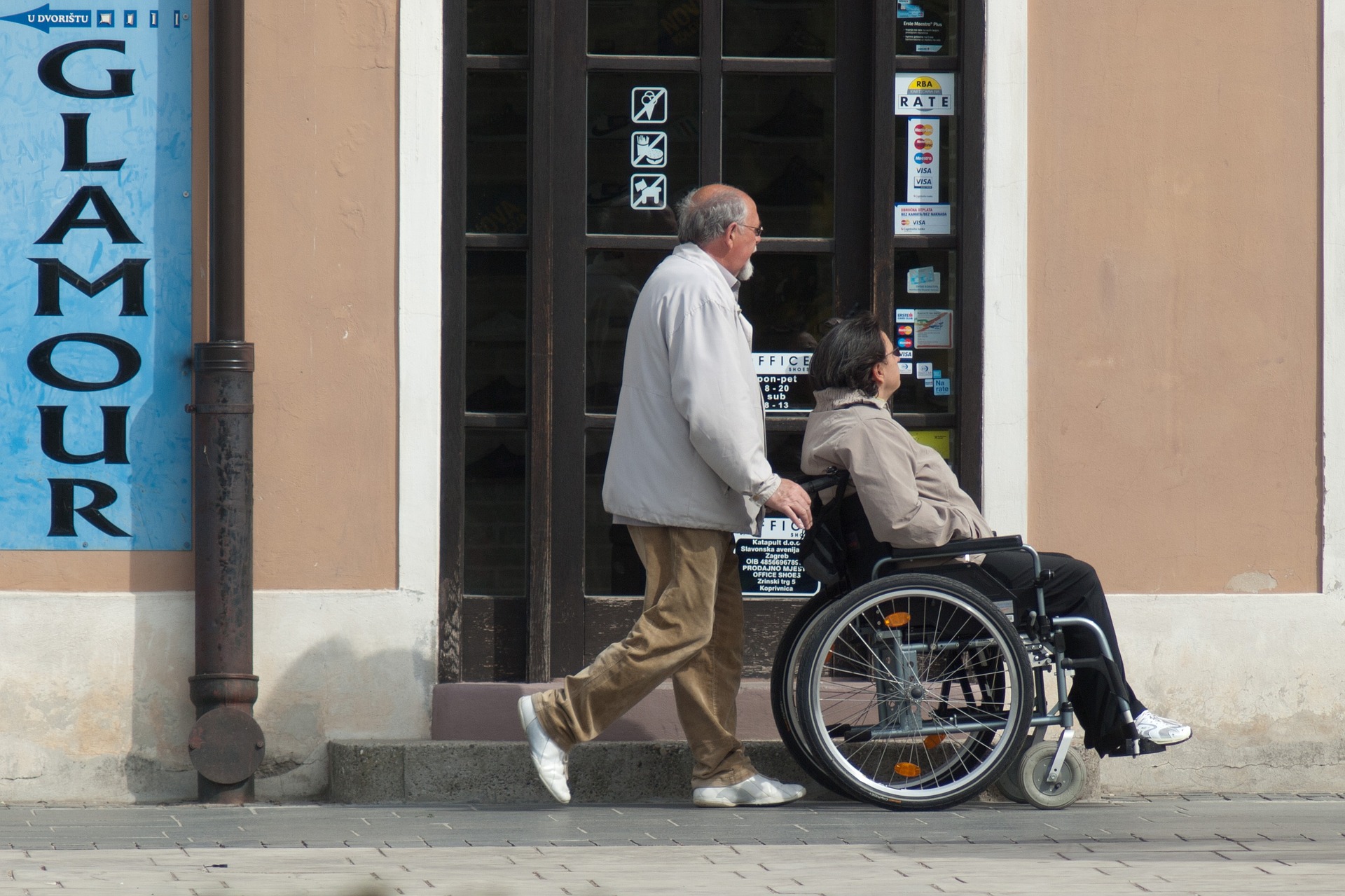Abortion rights, women of color, and LGBTQI+ people are under attack. Pledge to join us in fighting for gender justice.
It’s National Social Security Month!


Pay discrimination, sexual harassment and discrimination, and caregiving responsibilities take their toll during a lifetime of women’s work, impacting their ability to save for their retirement. It’s no surprise, then, that older women are more at risk of living in poverty than men: women made up nearly two-thirds (63.1 percent) of all people in poverty 65 and older in 2016. And poverty rates were particularly high, at about one in five in 2016, for Black (20.6 percent), Latina (19.8 percent), and Native (22.4 percent) women 65 and older.
Enter Social Security. Social Security benefits are critically important in keeping older women out of poverty. In 2016, Social Security dramatically reduced poverty rates for older women. Without Social Security, more than two in five (43.7 percent) older women would have been poor last year. With Social Security benefits, however, just over one in 10 (10.6 percent) women 65 and older was poor. And overall, Social Security kept nearly 22 million people out of poverty in 2016, including about 15.3 million people 65 and older, more than 5.5 million adults 18-64, and more than 1.1 million children.
While the average benefits that women receive from Social Security are modest, their importance can’t be overstated. #NationalSocialSecurityMonth recognizes this fact. This is a great time for women across the country to take advantage of resources (now that your taxes are filed!) to learn more about how to make the most of their Social Security. And it’s an even better time for policymakers to remind themselves that instead of attacking this program that has never missed a payment in the more than 82 years it’s been around and has nearly $3 trillion in trust fund reserves, they should be focused on making modest changes to strengthen Social Security and improve benefits for the most vulnerable.







